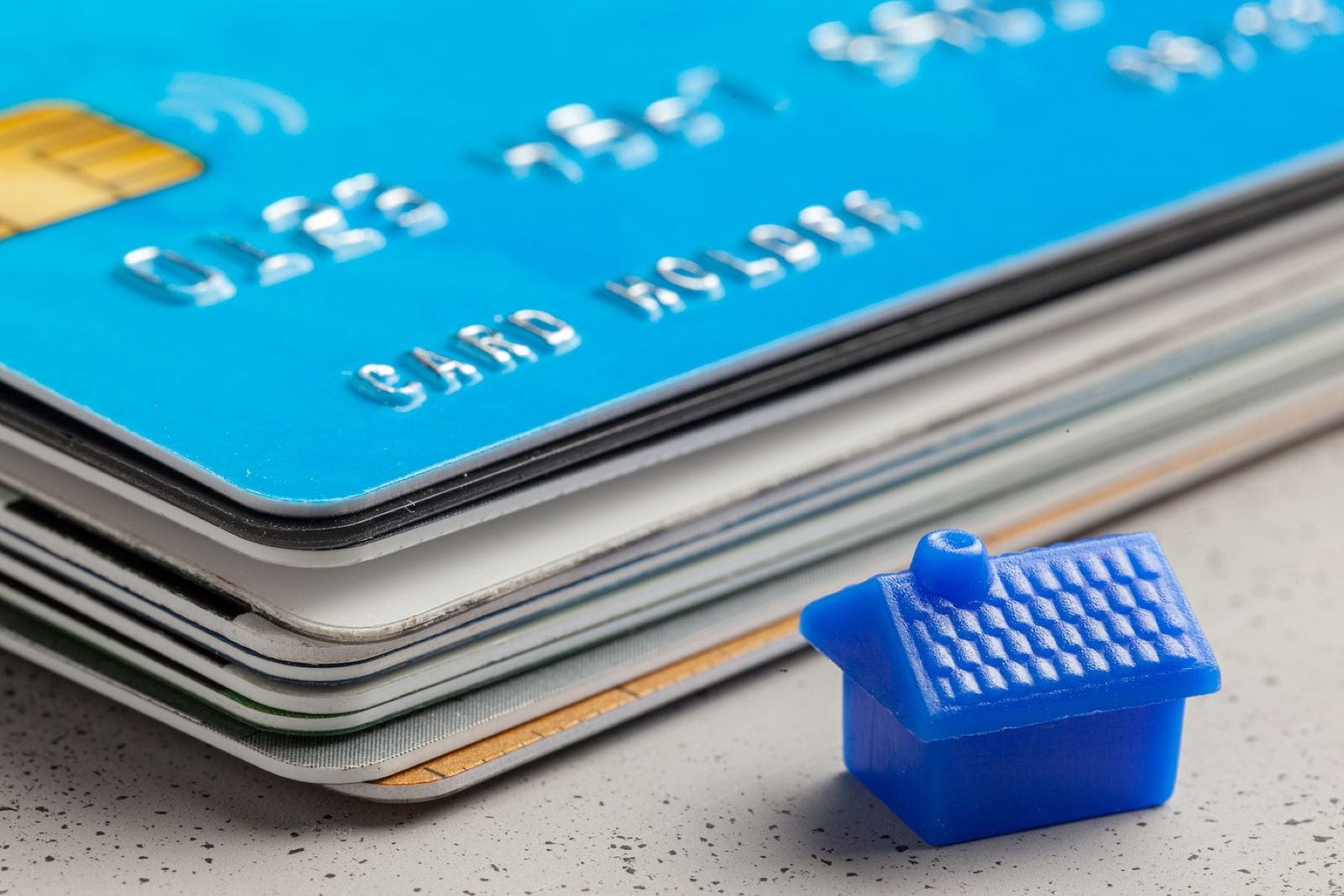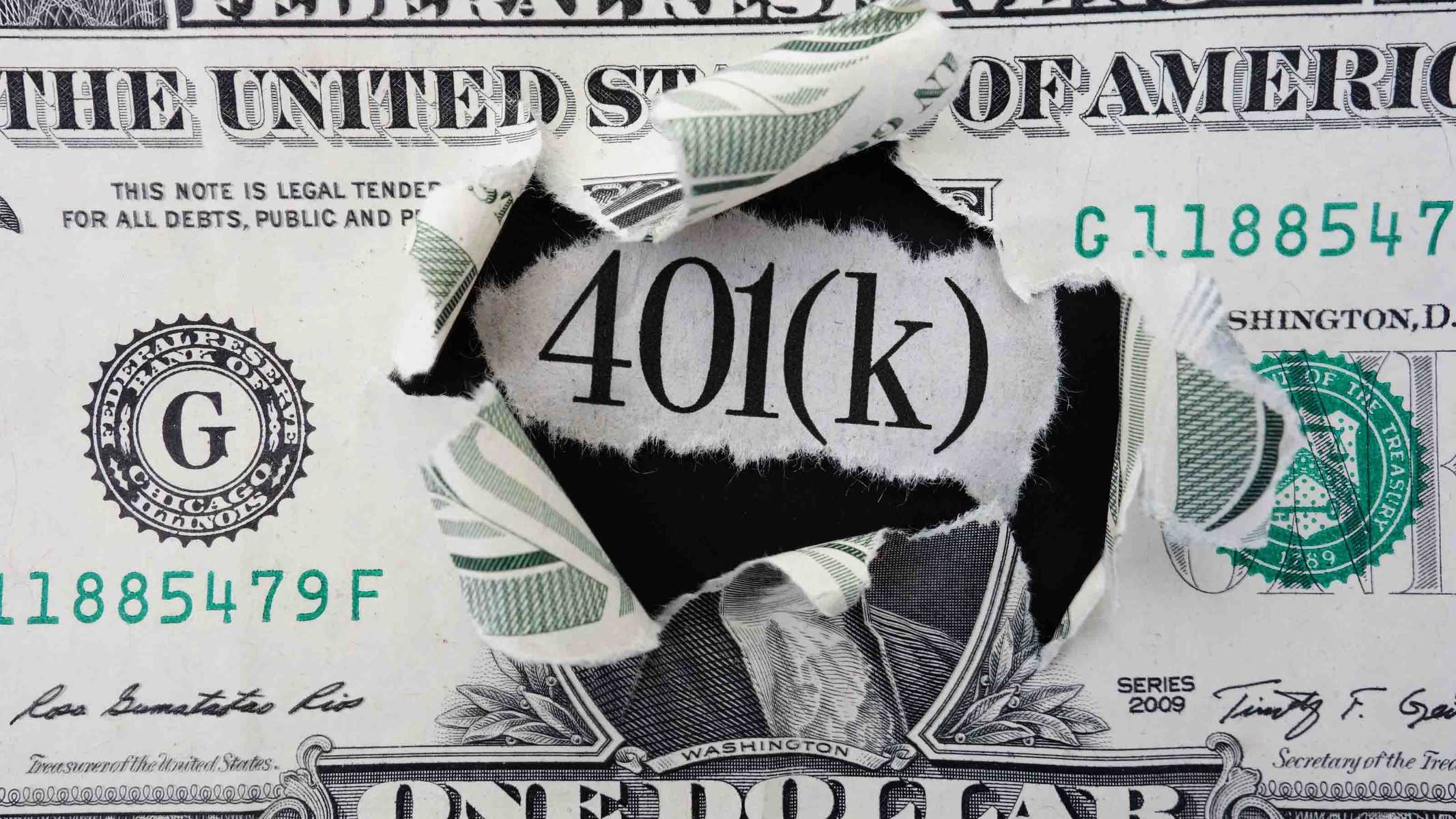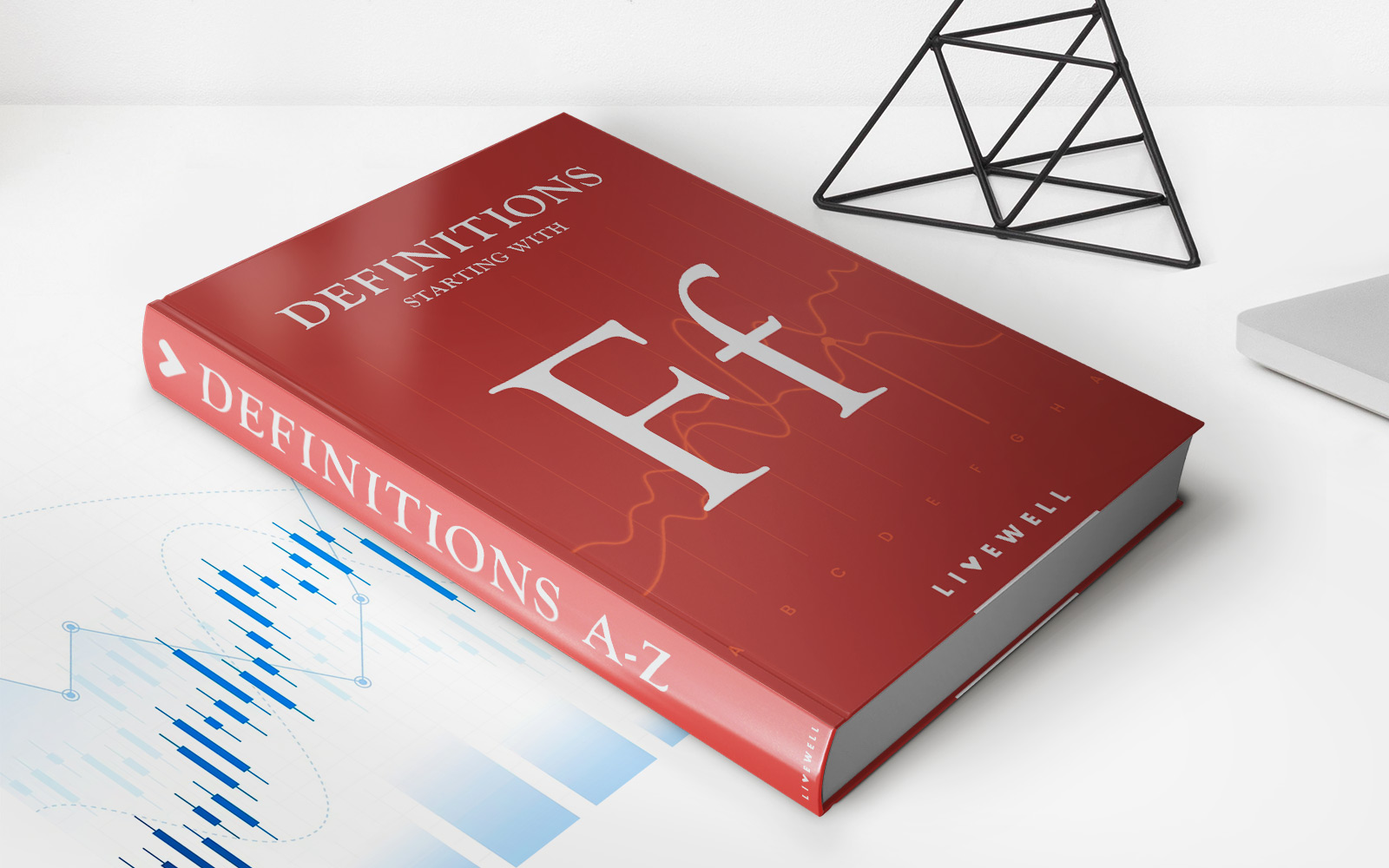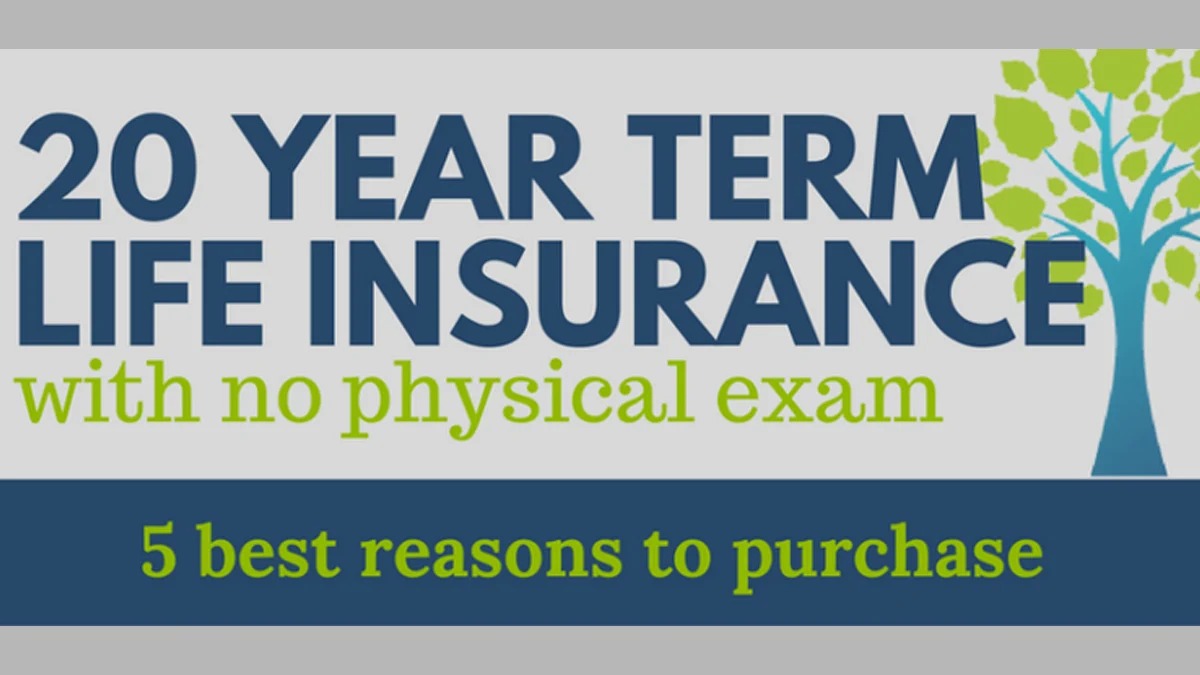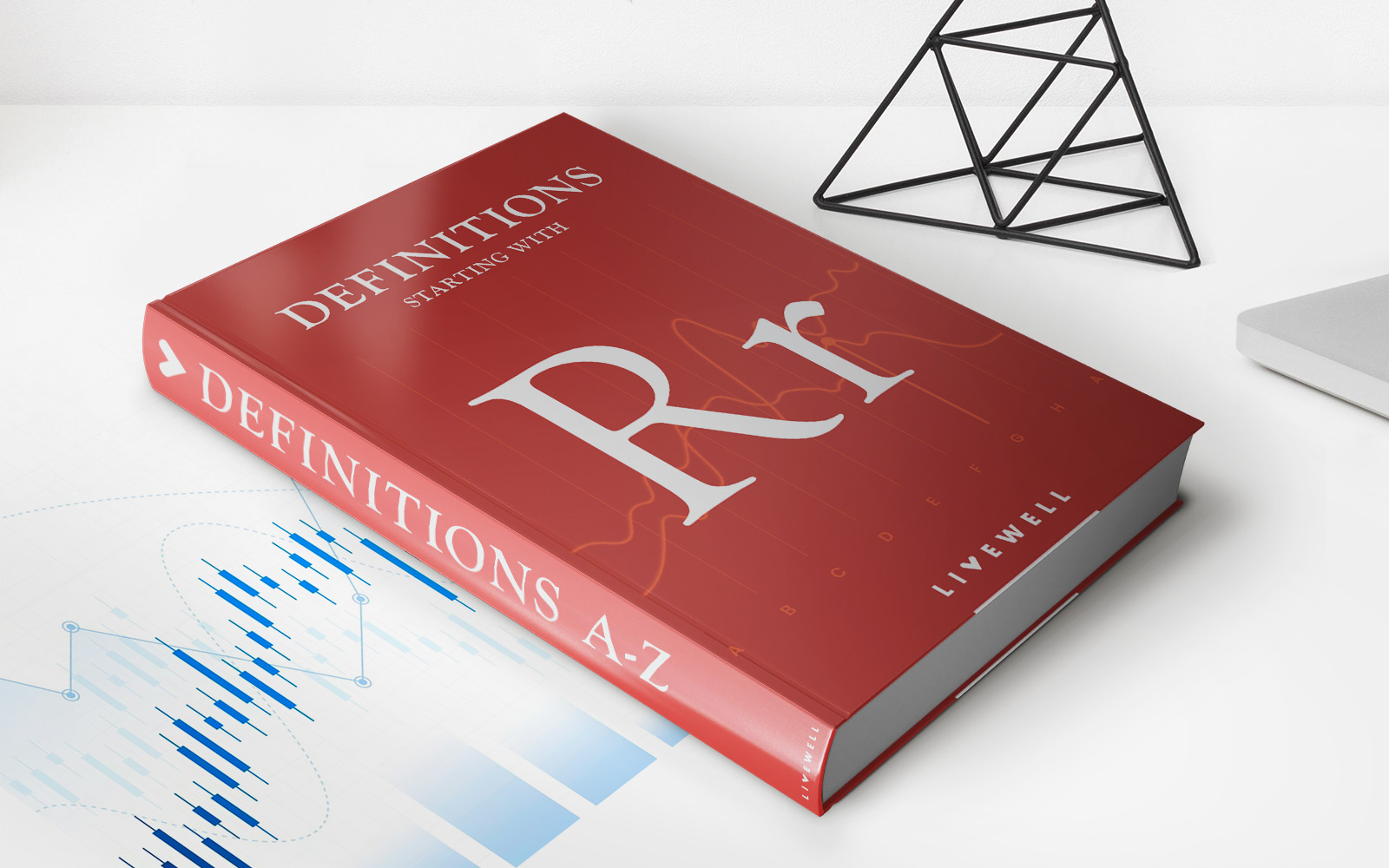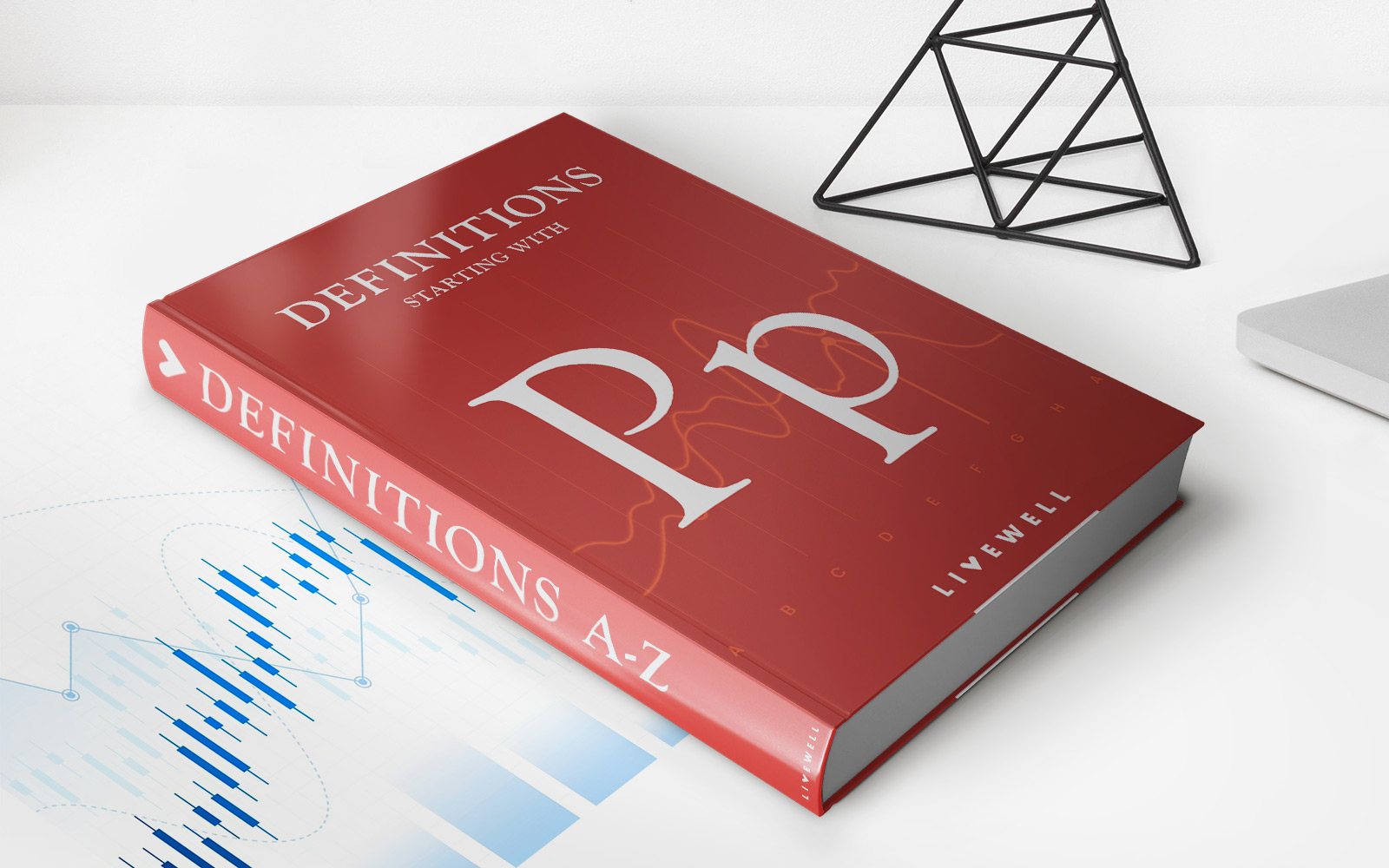Home>Finance>How Much Of Your 401K Can You Use To Buy A House


Finance
How Much Of Your 401K Can You Use To Buy A House
Published: October 17, 2023
Discover how much of your 401K you can use for a house purchase and explore the intersection of finance and real estate.
(Many of the links in this article redirect to a specific reviewed product. Your purchase of these products through affiliate links helps to generate commission for LiveWell, at no extra cost. Learn more)
Table of Contents
Introduction
Buying a house is a significant milestone in many people’s lives. It represents stability, security, and the fulfillment of the American dream. However, coming up with the necessary funds for a down payment can be a challenge for many potential homebuyers.
One option that some individuals may consider is tapping into their 401(k) accounts to help cover the costs of purchasing a home. While this is a possibility, it’s important to understand the implications and limitations of using 401(k) funds for this purpose.
A 401(k) is a retirement savings account typically offered by employers as part of their benefits package. It allows employees to contribute a portion of their salary on a pre-tax basis, which can grow tax-deferred until retirement. The primary purpose of a 401(k) is to provide income during retirement, but there are provisions that allow for limited access to the funds before that time.
Before considering using your 401(k) for a house down payment, it’s crucial to understand the rules and restrictions that come with withdrawing or taking a loan from the account. This article will explore the different ways you can utilize your 401(k) funds for a home purchase, the tax implications involved, and the pros and cons of each option. Additionally, we will discuss alternative strategies to consider before dipping into your retirement savings.
Understanding 401(k) Withdrawals
401(k) plans are designed to provide individuals with a reliable and consistent income stream during their retirement years. Contributions to the account are typically made on a pre-tax basis, allowing for potential tax savings in the present while deferring taxes until withdrawals are made.
However, there are instances when individuals may need access to their 401(k) funds before retirement. In general, there are two main options for withdrawing money from a 401(k) account: taking a loan or making a hardship withdrawal.
1. 401(k) Loans: Many 401(k) plans offer the option to take a loan against the account balance. The amount that can be borrowed is typically limited to 50% of the vested account balance or $50,000, whichever is less. The loan must be repaid within a specified time frame, usually five years, although some plans may allow for longer repayment periods if the loan is used for a home purchase.
One advantage of taking a 401(k) loan is that the interest paid goes back into the account, essentially allowing the borrower to pay interest to themselves. However, it’s important to note that if the loan is not repaid according to the plan’s guidelines, it may be considered a distribution, subject to taxes and potential penalties.
2. 401(k) Hardship Withdrawals: In certain circumstances, such as financial hardship or medical expenses, individuals may be eligible to make a hardship withdrawal from their 401(k) account. Hardship withdrawals are typically subject to income taxes and a 10% early withdrawal penalty for individuals under the age of 59 ½.
While the IRS provides guidelines for what qualifies as a hardship, it is ultimately up to the plan administrator to determine if an individual meets the criteria. Some common examples of hardships include foreclosure or eviction, medical bills, funeral expenses, and costs related to the purchase of a primary residence.
It’s important to note that both 401(k) loans and hardship withdrawals are subject to specific rules and limitations set by individual plans. It is crucial to consult with the plan administrator or a financial advisor to understand the specific guidelines and implications before making any decisions.
Now that we have a basic understanding of the different ways to access 401(k) funds, let’s explore how these options can be utilized for purchasing a home.
The 401(k) Loan Option
One way to utilize your 401(k) funds for a home purchase is by taking a loan against the account balance. This option allows you to borrow a portion of your 401(k) funds to use as a down payment or towards other home-buying expenses.
Here are some key points to consider regarding the 401(k) loan option:
- Loan Eligibility: Not all 401(k) plans offer loans, so it’s important to check with your plan administrator to determine if this option is available to you. Additionally, each plan sets its own specific guidelines regarding loan eligibility.
- Loan Limits: The amount that can be borrowed from a 401(k) is typically limited to 50% of the vested account balance or $50,000, whichever is less. Keep in mind that this limit applies to the total loan amount, not just the down payment portion.
- Repayment Terms: The repayment terms for a 401(k) loan are predetermined by the plan, but they generally require the loan to be repaid within five years. However, if the loan is used for a home purchase, some plans may offer longer repayment periods.
- Interest Rates: The interest rate for a 401(k) loan is usually lower compared to other types of loans, such as personal loans or credit cards. The interest paid goes back into the account, essentially allowing you to repay interest to yourself.
- Risks: While a 401(k) loan can provide access to funds for a down payment, it’s important to consider the potential risks involved. If you leave your job or are terminated, the loan may become due immediately. If you’re unable to repay the loan within the specified timeframe, it may be considered a distribution, subject to taxes and potential penalties.
Before deciding to take a 401(k) loan, it’s crucial to carefully assess your financial situation and consult with a financial advisor. They can help you understand the implications, risks, and whether this option aligns with your long-term financial goals.
Next, we will explore another option for utilizing your 401(k) funds for a home purchase – the hardship withdrawal option.
The 401(k) Hardship Withdrawal Option
Another way to access your 401(k) funds for a home purchase is through a hardship withdrawal. A hardship withdrawal allows individuals to withdraw money from their 401(k) account before retirement in specific circumstances, such as financial hardship or medical expenses.
Here are some important points to consider regarding the 401(k) hardship withdrawal option:
- Qualifying Hardships: The IRS provides guidelines for what qualifies as a hardship, but it ultimately depends on the plan administrator to determine if the individual meets the criteria. Common examples of hardships include foreclosure or eviction, medical bills, funeral expenses, and costs related to the purchase of a primary residence.
- Tax Implications: Hardship withdrawals are generally subject to income tax and an additional 10% early withdrawal penalty for individuals under the age of 59 ½. These taxes and penalties can significantly reduce the amount of money available for a home purchase.
- Plan Rules and Limitations: Each 401(k) plan sets its own rules and limitations regarding hardship withdrawals. It’s crucial to consult with the plan administrator or a financial advisor to understand the specific guidelines and requirements of your plan.
- Documentation: To qualify for a hardship withdrawal, you will typically need to provide documentation supporting your claim, such as medical bills or eviction notices. Be prepared to gather the necessary paperwork to support your request.
- Consider Alternatives: Before resorting to a hardship withdrawal, explore other options such as budgeting, saving, or alternative sources of funds. It’s important to carefully evaluate the necessity and explore all available options before tapping into your retirement savings.
Utilizing a hardship withdrawal from your 401(k) should be a last resort due to the potential tax consequences and the impact on your retirement savings. It’s crucial to thoroughly assess your financial situation and seek advice from a financial advisor to determine if this option is suitable for your needs.
In the next section, we will discuss how you can use your 401(k) funds specifically for a down payment on a house.
Using a 401(k) for a Down Payment
When it comes to buying a house, one of the most significant expenses is the down payment. To help cover this cost, some individuals may consider using their 401(k) funds as a source of funds.
Here are some important factors to consider when using a 401(k) for a down payment:
- Loan vs. Withdrawal: Depending on your plan’s rules, you may have the option to take a loan against your 401(k) or make a hardship withdrawal. The loan option allows you to access a portion of your account balance, which you will need to repay. A hardship withdrawal, on the other hand, involves permanently withdrawing funds from your account.
- Amount Available: If you choose the loan option, the maximum amount you can borrow is typically limited to 50% of your vested balance or $50,000, whichever is less. The amount available for a hardship withdrawal varies depending on your plan and the qualifying hardship.
- Impact on Retirement Savings: Using your 401(k) for a down payment can significantly impact your retirement savings. Not only are you potentially reducing the total balance in your account, but you may also miss out on potential investment growth and compounding over time.
- Tax Implications: If you choose to make a hardship withdrawal, you will likely face income taxes and potentially a 10% early withdrawal penalty. These taxes and penalties can further reduce the amount of money available for your down payment.
- Risk Assessment: It’s essential to carefully assess your financial situation and future plans before using your 401(k) for a down payment. Consider the impact on your retirement goals, your ability to repay a loan, and your overall financial stability.
While using a 401(k) for a down payment can provide immediate funds, it’s crucial to weigh the long-term implications and consider alternatives before making a decision. Explore options such as saving, budgeting, researching homebuyer assistance programs, or obtaining a loan from other sources.
Always consult with a financial advisor who can help assess your specific circumstances and guide you in making an informed decision about using your 401(k) for a down payment.
In the next section, we will dive into the tax implications of using 401(k) funds for a house purchase.
Tax Implications of Using 401(k) Funds for a House
Using your 401(k) funds for a house purchase can have significant tax implications. It’s important to understand how these withdrawals or loans are treated for tax purposes before making any decisions.
Here are the key tax considerations when using 401(k) funds for a house:
- Income Taxes: If you choose to make a hardship withdrawal, the amount withdrawn is generally subject to income tax in the year of withdrawal. This means that the withdrawn funds will be added to your overall taxable income, potentially pushing you into a higher tax bracket.
- Early Withdrawal Penalty: Unless you meet an exception, such as being over 59 ½ years old or using the funds for certain qualifying hardships, you may also be subject to a 10% early withdrawal penalty on the amount withdrawn. This penalty is in addition to any income taxes owed.
- Loan Repayments: If you take a loan against your 401(k), the loan repayments are made with after-tax dollars. This means that the principal and interest you repay into your 401(k) account in the future will be taxed again upon withdrawal in retirement.
- Missed Investment Growth: By withdrawing or borrowing from your 401(k) funds, you potentially miss out on the growth and compounding effect that these funds would have experienced over time. This can have a significant impact on your overall retirement savings.
- Mandatory Tax Withholding: When initiating a hardship withdrawal or taking a loan, your plan may require mandatory tax withholding. This means that a portion of the amount withdrawn will automatically be withheld for taxes, reducing the funds available for your down payment.
It’s important to consult with a tax professional or financial advisor to fully understand the tax implications specific to your situation. They can help you assess the potential tax liabilities, determine the most tax-efficient strategy, and explore any available exceptions or deductions.
Understanding the tax implications of using 401(k) funds for a house purchase allows you to make an informed decision that aligns with your financial goals and minimizes any negative tax consequences.
In the next section, we will explore the pros and cons of using 401(k) funds for a home purchase.
Weighing the Pros and Cons
When considering whether to use your 401(k) funds for a home purchase, it’s important to carefully weigh the pros and cons. While accessing these funds can provide immediate financial assistance, it’s crucial to understand the potential drawbacks and long-term implications.
Let’s examine the pros and cons of using 401(k) funds for a house:
Pros:
- Immediate Funds: Utilizing your 401(k) funds can provide a significant amount of money for a down payment, allowing you to purchase a home sooner.
- Low Interest Rates: If you choose the loan option, the interest rate is often lower compared to other types of loans, such as personal loans or credit cards.
- Repaying Yourself: With a 401(k) loan, the interest and principal payments go back into your retirement account, essentially allowing you to “repay” yourself.
- Avoiding Mortgage Insurance: Using 401(k) funds for a larger down payment can potentially help you avoid private mortgage insurance (PMI), saving you money in the long run.
Cons:
- Reduced Retirement Savings: Tapping into your 401(k) can significantly reduce your retirement savings potential, as you may miss out on potential investment growth and compounding over time.
- Tax Implications: Making a hardship withdrawal or taking a loan may subject the withdrawn funds to income taxes and potential early withdrawal penalties.
- Risking Financial Security: Using your retirement savings for a home purchase can put your long-term financial security at risk, as it may limit your ability to save for retirement or handle unexpected financial emergencies.
- Loan Obligations: If you choose the loan option, you will have additional monthly loan repayments that need to be factored into your budget. Failure to repay the loan according to the plan’s guidelines could result in taxes and penalties.
Ultimately, the decision to use your 401(k) funds for a home purchase depends on your individual circumstances and financial goals. It’s crucial to carefully consider all the factors, consult with a financial advisor, and explore alternative options before making a final decision.
Next, we will discuss some alternative strategies to consider before tapping into your 401(k) funds for a house purchase.
Alternatives to Using 401(k) Funds for a House Purchase
While using your 401(k) funds for a house purchase may seem like a viable option, it’s important to explore alternative strategies before tapping into your retirement savings. Here are some alternatives to consider:
1. Saving and Budgeting: Instead of using your 401(k) funds, consider creating a dedicated savings plan for your down payment. By setting a monthly savings target and actively managing your expenses, you can gradually build up the funds needed for a down payment.
2. Explore Homebuyer Assistance Programs: Research local, state, or federal homebuyer assistance programs that offer grants, loans, or other forms of financial assistance to first-time homebuyers. These programs can help bridge the gap in your down payment requirements.
3. Down Payment Assistance Programs: Some organizations and lenders provide down payment assistance programs, which can help lower-income individuals or those with specific qualifications qualify for a lower down payment requirement or even receive a grant towards their down payment.
4. Consider a Lower Down Payment: Depending on your financial situation and loan program eligibility, you may consider purchasing a home with a lower down payment requirement. Some loan programs offer options for as little as 3-5% down, which can be more attainable without dipping into your 401(k).
5. Look for Seller Contributions: When negotiating the purchase of a home, explore the possibility of seller concessions. Sellers may be willing to contribute towards your closing costs or provide other forms of assistance that can help alleviate the burden of a higher down payment.
6. Explore Loan Options: Research different loan options that may have lower down payment requirements, such as FHA loans or VA loans. These loan programs are designed to help individuals with smaller down payments or unique circumstances become homeowners.
7. Postpone the Home Purchase: If using your 401(k) funds for a down payment jeopardizes your retirement savings, it may be wise to postpone the home purchase until you can save enough independently. Buying a home should not come at the expense of your long-term financial security.
By exploring these alternative strategies, you can minimize the need to tap into your 401(k) funds and maintain the integrity of your retirement savings.
Finally, let’s summarize the key points discussed in this article.
Conclusion
When it comes to using your 401(k) funds for a house purchase, careful consideration is crucial. While it can provide immediate financial assistance, it’s important to weigh the pros and cons, understand the tax implications, and explore alternative strategies.
Accessing your 401(k) funds can provide a significant amount of money for a down payment, but it comes at the cost of reducing your retirement savings potential. The tax implications, such as income taxes and potential early withdrawal penalties, should also be carefully examined.
Before making a decision, consider alternative options such as saving and budgeting, exploring homebuyer assistance programs, seeking seller contributions, or evaluating loan options with lower down payment requirements.
Consulting with a financial advisor is highly recommended to assess your individual circumstances and evaluate the impact on your long-term financial goals.
Remember, your retirement savings are meant to provide financial security in your later years. While purchasing a home is a significant milestone, it’s important to strike a balance between your short-term goals and long-term financial well-being.
By making a well-informed decision and exploring all available alternatives, you can ensure that your 401(k) funds are utilized in the most advantageous way for both your current and future financial needs.
So, take the time to carefully evaluate your options, seek professional advice, and make a decision that aligns with your overall financial goals. Your dream of owning a home can be achieved without sacrificing the security of your retirement savings.
